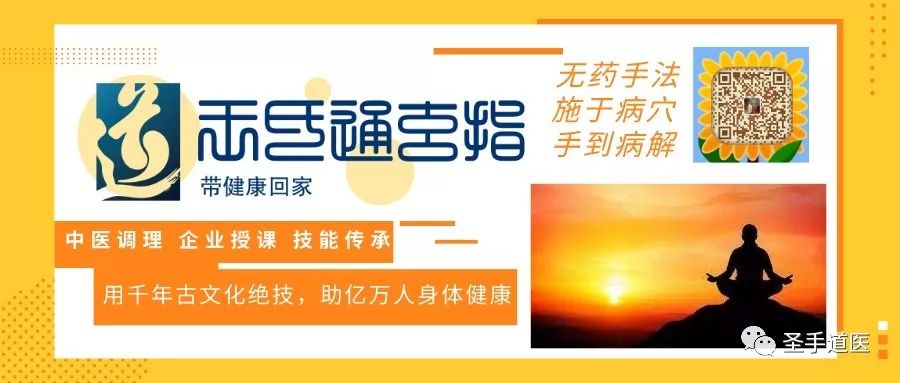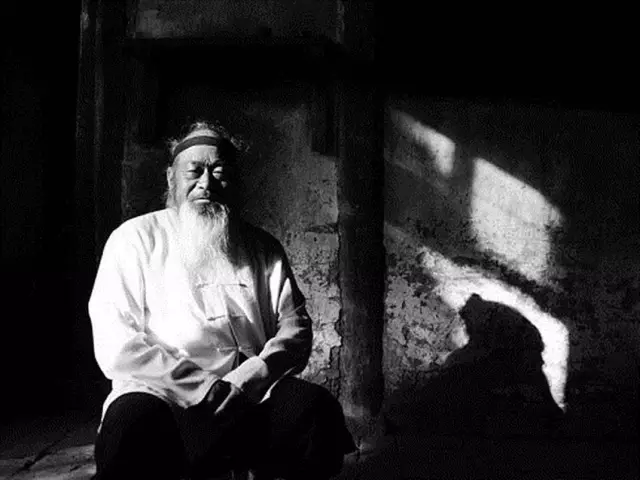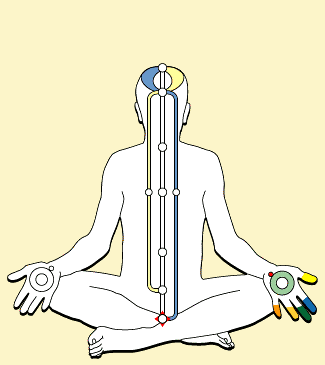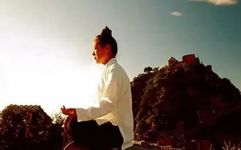


Practitioners often speak of the “qijing bamai (Eight Extraordinary Meridians)”; do you know how they differ from the meridians used in acupuncture? And do you understand why it is essential to open the Eight Extraordinary Meridians?
The qijing bamai is a term used in Daoist medicine, referring to the Ren Mai (Conception Vessel), Du Mai (Governing Vessel), Chong Mai (Penetrating Vessel), Da Mai (Belt Vessel), Yin Qiao Mai (Yin Heel Vessel), Yang Qiao Mai (Yang Heel Vessel), Yin Wei Mai (Yin Linking Vessel), and Yang Wei Mai (Yang Linking Vessel). Unlike the twelve primary meridians, these do not directly correspond to the organs and do not have a paired relationship; their pathways are unique and do not have a clear connection to the body’s organs, hence they are termed “extraordinary.”
As stated in the “Nan Jing, Chapter 27”: “All eight of these do not conform to the meridians, hence they are called the Eight Extraordinary Meridians.” This means that the Eight Extraordinary Meridians differ from the twelve primary meridians, and their characteristics are as follows:
1. The qijing bamai are not subordinate to the organs and do not have a paired relationship. The five organs govern the body, and the six bowels firmly guard the five organs; the meridians serve as the pathways for the organs, thus they can be said to have movement and form, essence and spirit, similar to how water can both float and capsize a boat.
2. Except for the Ren and Du meridians, which have their own independent acupoints, the other six meridians’ acupoints are attached to the twelve primary meridians and the Ren and Du meridians.
3. The pathways of the qijing bamai intertwine among the twelve meridians and intersect with the primary meridians at multiple points in the body. Therefore, the qijing bamai have the function of containing the qi and blood of the twelve meridians and regulating their abundance and deficiency. When the qi and blood of the twelve meridians and organs are abundant, the qijing bamai can accumulate; when the body’s functional activities require it, the qijing bamai can also supply and nourish.


These characteristics also explain why practitioners often seek to open the meridians. When the qijing are opened, one feels the smooth flow of qi and blood throughout the body, resulting in abundant energy. The method to open the Eight Extraordinary Meridians is a crucial aspect of traditional dual cultivation practices. It has been regarded as a closely guarded secret by masters throughout the ages, and it is not disclosed in various alchemical texts and Daoist scriptures. Li Shizhen in his “Study of the Eight Extraordinary Meridians” states, “All humans possess these eight meridians, which are all closed due to the yin spirit; only the immortals can open them with yang qi, thus they can attain the Dao. The eight meridians are the root of pre-heaven and the ancestor of qi.”
It was not until the book “Xingming Fajue Mingzhi” that this method was first mentioned and described in detail. However, truly understanding and mastering this method is not an easy task.
Among the eight meridians, the Ren and Du are the most important. They play a significant role throughout the dual cultivation process; as the ancients said: “The Ren and Du meridians are the noon and midnight of the human body, the path of the alchemical fire and yin symbol’s rise and fall, the place where water and fire meet.”


Here is the method: Take a seated position, let your eyes droop, concentrate your spirit, close your mouth and hide your tongue, keep your heart from wandering, and focus inward. After your breathing is even, breathe through the root of your nose. Inhale from the Huiyin (Perineum) along the Du Mai slowly, guiding the qi to the Tailbone, Jiaji (Adjacent Spine Points), Yuzhen (Jade Pillow) to the Baihui (Hundred Meetings) and pause slightly. Exhale along the Ren Mai to the Zuqiao (Ancestor Cavity), Jiangong (Red Palace), and Qixue (Qi Cavity) and pause slightly.
Inhale from the Shengsi (Life and Death Cavity) up to the Qixue and separate to rise to the shoulders. Exhale from the shoulders, separating and moving along the outer sides of the arms through the Yang Wei Mai to the middle fingers at the Laogong (Palace of Labor) acupoints. Inhale from the Laogong along the inner sides of the arms through the Yin Wei Mai to the area slightly above the breasts and pause. Exhale down to the Da Mai along the Qixue and return to the Huiyin.
Inhale from the Huiyin directly up the Chong Mai to the Jiangong point, which is one inch and two fen below the heart, and pause. Exhale down from the Jiangong to the Shengsi, separating to run down the outer sides of the legs through the Yang Qiao Mai to the Yongquan (Gushing Spring) acupoints and pause. Inhale from the two Yongquan points up the inner sides of the legs through the Yin Qiao Mai to the Huiyin and merge to rise to the Qixue and pause. Exhale down to the Shengsi and stabilize. The Huiyin is also the Shengsi; the ancients said: “The door of life and the gate of death, how many awaken and how many understand.” The eight meridians begin at the Huiyin and return to the Shengsi, thus the alchemical practitioners regard the Shengsi as the root of the eight meridians.

